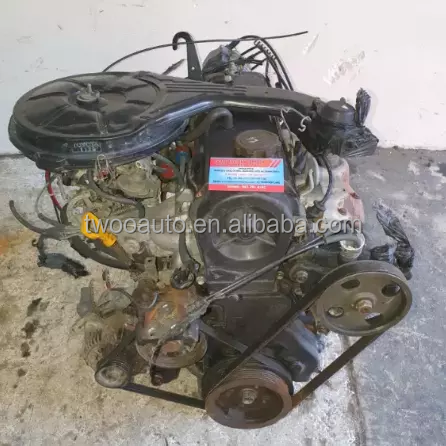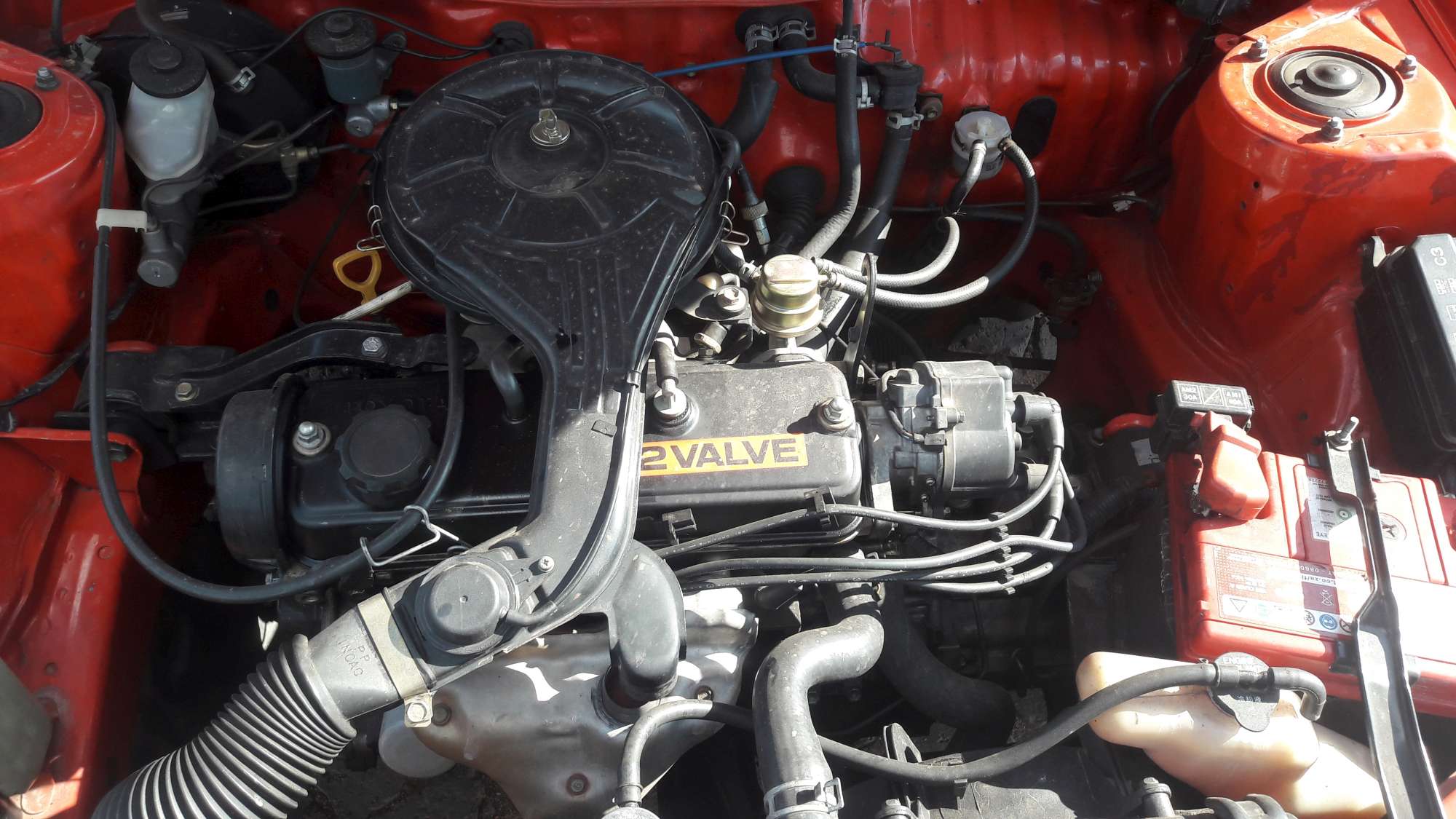Toyota Tazz: A Review of Its Handling, Fuel Economy, and Overall Performance
Toyota Tazz: A Review of Its Handling, Fuel Economy, and Overall Performance
Blog Article
Check Out the most up to date Fads in Engine Modern Technology Through Tazz
In the quickly evolving landscape of automobile modern technology, Tazz stands at the forefront, highlighting significant developments in engine systems that focus on both advancement and sustainability. tazz. From crossbreed engines that maximize gas performance to the appearance of hydrogen gas cells, the fads forming modern-day powertrains are not just boosting efficiency however likewise attending to important ecological difficulties. As the market continues to push boundaries, it is vital to consider how these developments will certainly influence future transportation solutions and the broader effects for international energy consumption. What lies in advance in this essential improvement?
Crossbreed Engine Innovations
Hybrid engine technologies represent a pivotal change in automotive modern technology, combining the advantages of interior burning engines with electric propulsion systems. This assimilation not only boosts fuel performance but additionally decreases exhausts, meeting significantly strict ecological regulations. By making use of both energy sources, hybrid engines can maximize performance, providing power when needed while saving gas during less requiring driving conditions.
Current advancements in crossbreed modern technology include enhancements in battery performance and regenerative braking systems. These advancements enable higher power recuperation during deceleration, which can be rerouted to aid in acceleration or power auxiliary systems. In addition, manufacturers are focusing on small styles and light-weight products to take full advantage of the performance of hybrid powertrains.
The development of plug-in hybrids has actually also broadened the market, making it possible for motorists to charge their automobiles using typical electrical outlets. This attribute commonly permits substantial all-electric variety, additional decreasing dependence on standard gas. tazz. As the automobile sector remains to progress, hybrid engine technologies are anticipated to play an essential role in bridging the gap in between traditional vehicles and fully electrical designs, giving a transitional solution that accommodates diverse consumer needs and preferences
Developments in Electric Powertrains
The vehicle landscape is swiftly developing, with electric powertrains becoming a leading force in lasting transportation. Breakthroughs in electric automobile (EV) modern technology are considerably improving performance, user, and performance experience. Secret technologies include enhancements in battery chemistry, which have actually boosted energy density, lowered charging times, and prolonged total battery life.
Solid-state batteries, as an example, assure to transform the marketplace by offering higher safety and efficiency contrasted to typical lithium-ion cells. Innovations in regenerative braking systems are allowing automobiles to recuperate energy during slowdown, contributing to general efficiency.
Along with battery innovation, electric motor layouts are coming to be more advanced. Technologies such as integrated electric motors and advanced thermal administration systems are assisting to optimize power delivery and reduce weight, eventually improving car characteristics.

Jointly, these breakthroughs highlight the dedication to transition in the direction of cleaner, more reliable transportation remedies, positioning electric powertrains at the leading edge of automotive development.
The Increase of Hydrogen Fuel Cells
Progressively, hydrogen fuel cells are obtaining traction as a practical option to typical internal burning engines and battery electric automobiles. This technology uses the chemical energy kept in hydrogen, transforming it right into electricity with an electrochemical response with oxygen. The main by-product of this process is water, making hydrogen fuel cells an ecologically friendly alternative with zero discharges at the tailpipe.

Car manufacturers are significantly purchasing hydrogen fuel cell innovation, identifying its capacity for long-range applications and rapid refueling capabilities that match traditional fuels. Additionally, markets such as durable transport and public transit are specifically fit for hydrogen gas cells, where battery electrical services may drop short because of weight and variety limitations.
As study and financial investment proceed to expand, hydrogen gas cells are positioned to play a considerable function in the future landscape of clean transportation and energy solutions.
Enhancements in Internal Burning Engines
Innovations in inner see this burning engine (ICE) modern technology are changing standard lorries to meet modern-day environmental standards and performance expectations. Direct fuel shot, for instance, enables for far better atomization of gas, leading to even more total combustion and enhanced power output.
Furthermore, turbocharging has gained prominence, allowing smaller engines to supply greater performance without the weight of larger engines - tazz. This modern technology not just improves performance but also adds to decrease gas usage. Variable valve timing systems are additionally being improved, enabling engines to adjust to various driving problems for boosted torque and responsiveness
Additionally, making use of lightweight products in engine building is coming to be typical, further enhancing gas performance by decreasing overall lorry weight. Engine control systems (ECUs) are progressively sophisticated, making it possible for real-time modifications that optimize efficiency and discharges.
These improvements jointly indicate an essential change in ICE modern technology, aligning with worldwide sustainability goals while still giving the efficiency check my reference chauffeurs get out of their vehicles. As the market evolves, these enhancements continue to form the future of traditional vehicle design.
Future Fads in Engine Effectiveness
Substantial improvements in engine performance are expected as producers focus on incorporating cutting-edge modern technologies to fulfill rigorous ecological guidelines and my link consumer needs. The change in the direction of electrification, crossbreed systems, and alternate gas is improving the auto landscape, driving technologies that improve fuel economy and reduce exhausts.
One of the vital patterns is the application of sophisticated materials and manufacturing techniques. Lightweight compounds and high-strength alloys add to decreased car weight, therefore improving general efficiency. Furthermore, the fostering of turbocharging and variable valve timing technologies enables enhanced power output from smaller engines, even more enhancing gas economy.

Conclusion
Finally, the exploration of engine technology discloses considerable developments that prioritize sustainability and efficiency. Innovations in hybrid engine systems, electric powertrains, and hydrogen gas cells demonstrate a dedication to minimizing discharges while improving performance. Furthermore, improvements in inner burning engines and a concentrate on light-weight products contribute to overall engine efficiency. As the auto industry remains to progress, these fads will play a critical duty fit a cleaner and more sustainable future for transport.
From hybrid engines that maximize fuel efficiency to the appearance of hydrogen fuel cells, the fads forming contemporary powertrains are not only boosting efficiency but additionally resolving vital ecological difficulties.Crossbreed engine technologies represent a pivotal change in auto innovation, integrating the advantages of interior burning engines with electrical propulsion systems.Additionally, turbocharging has gained importance, allowing smaller engines to provide greater efficiency without the weight of bigger engines. In addition, the fostering of turbocharging and variable shutoff timing innovations permits for boosted power output from smaller engines, even more enhancing fuel economy.
Enhancements in inner burning engines and a focus on lightweight materials contribute to total engine performance.
Report this page